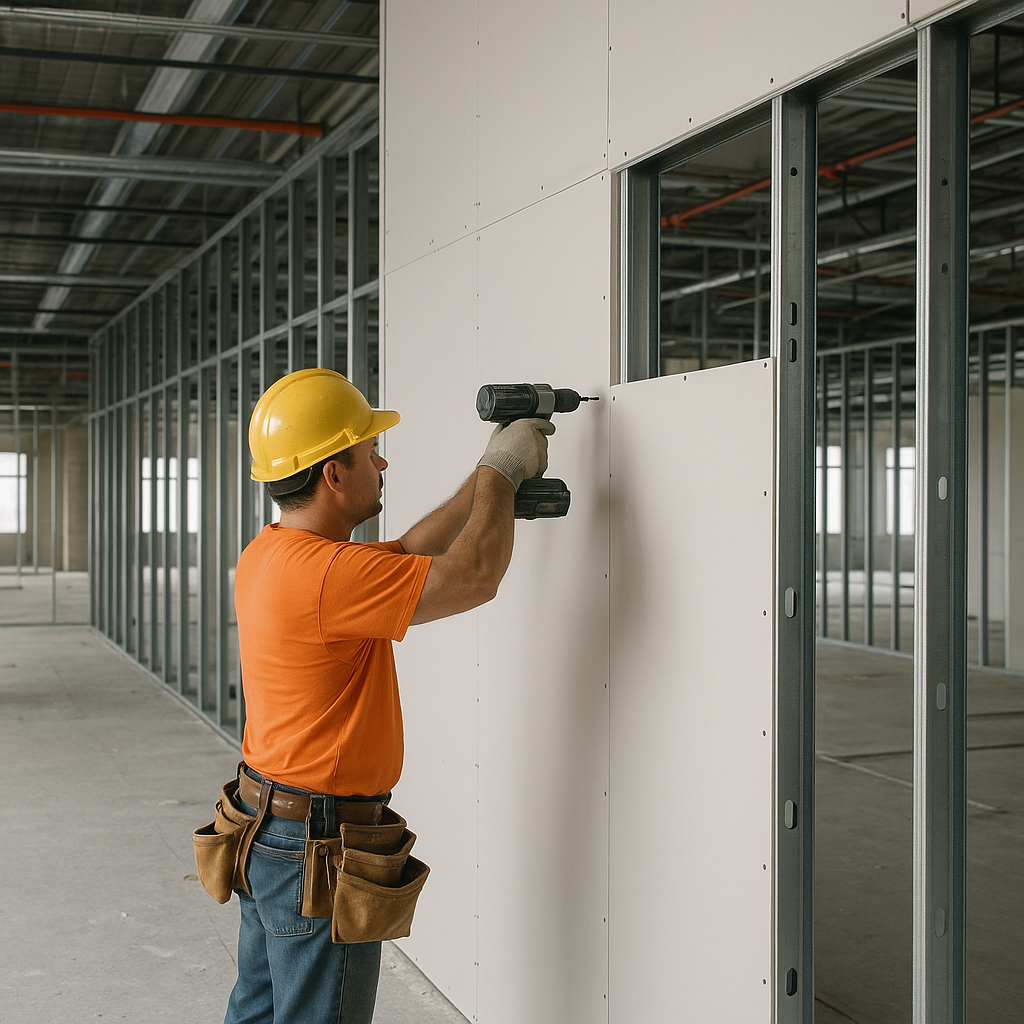
Benchmarking drywall estimates is one of the most powerful ways for construction professionals to reduce cost variance, improve bidding accuracy, and accelerate future estimates. Yet many teams still rely on ad hoc spreadsheets or incomplete data snapshots that fail to deliver reliable insights. For architects, engineers, and general contractors, the ability to benchmark effectively is no longer a luxury—it’s a strategic necessity that drives smarter decisions and stronger project outcomes.
Benchmarking involves comparing current estimates to historical project data to assess accuracy, identify trends, and highlight areas for improvement. This could include labor productivity rates, material unit costs, or the estimated vs. actual performance of specific assemblies.
Without benchmarking, estimators may repeat the same assumptions—accurate or not—across projects. This leads to misaligned bids and difficulty defending budgets. Benchmarking enables:
Active Estimating provides built-in benchmarking tools that let users access and compare historical estimates and production data across projects. With both objective quantity and subjective risk tracking, estimators can apply previous outcomes to current scopes with confidence.
For a multi-school renovation project, the GC used historical labor data from similar summer builds to pre-load crew rates and cost structure into their estimate. The process—powered by drywall estimating workflows—cut bid prep time by 60% and produced a model the owner accepted without multiple rounds of revision.
Benchmarking isn’t just a rearview mirror—it’s a strategic lens for future success. By capturing, structuring, and applying historical drywall estimating data, teams can work smarter and faster with fewer surprises. With Active Estimating, that data becomes not just usable, but transformative—helping every drywall estimate serve as a foundation for the next.
Contact Information:
Active Estimating
508 2nd Street, Suite 208
Davis
California
95616
Rich Schoener
richard@activeestimating.com
(877)
Schedule a personalized demo to see how Active Estimating can work for your specific needs.
